Posted by Founder, Bicycling Monterey
Protect Water, Limit Risky Oil Operations – Protect Monterey County / Measure Z
September 2024 updates:
25 September 2024 A big win for people and planet! Governor signed today a bill approving “California’s Local Environmental Choice and Safety Act, AB 3233.” As Governor Newsom stated in the 9/25/2024 signing ceremony, at 22:07, “It was Chevron that sued Monterey County and a voter initiative” [Measure Z, Protect Monterey County—the topic of this post, first published 4/5/2014].
To view the ceremony, including intro by Physicians for Social Responsibility, go to: https://www.youtube.com/live/J2sAAls_Ljc?si=4NN3W2Yftrsj79E_
You may want to do as we do: Make use of Duck Duck Go’s Duck Player. The Duck Player “lets you watch videos on YouTube without privacy-invading ads, and keeps what you watch from impacting your recommendations.” Details: https://duckduckgo.com/duckduckgo-help-pages/duck-player/
https://bikemonterey.org/californias-local-environmental-choice-and-safety-act-ab-3233.html
3 September 2024, Call to action. Bicycling Monterey – “California’s Local Environmental Choice and Safety Act, AB 3233” https://bikemonterey.org/californias-local-environmental-choice-and-safety-act-ab-3233.html
5 September 2024, from Sara Rubin, editor of Monterey County Weekly: “If the bill does become law – and I hope it does – California’s oil-producing future will likely be a patchwork….The landscape of the country’s third-largest oil- and gas-producing state, with over 242,000 wells, will look different. And it will be thanks to a group of local Monterey County residents.”—Sara Rubin, “Assemblymember Dawn Addis scores a big victory against Big Oil,” 4 Sept 2024 Monterey County Now https://www.montereycountynow.com/opinion/
* * *
The post below was first published 5 April 2014 and republished 3 November 2016, with a few subsequent updates. We salute the broad coalition of individuals and organizations who persevered on this issue for over a decade.
This website was established to encourage biking and other earth-friendly actions.
[As of 3 November 2016] Of more than 500 posts and pages on this site, this is one of only two that focus on controversial, non-bike topics. And no other post or page endorse a ballot issue or candidate.
Why is this topic included? Because…
Preventing fracking and limiting other risky oil operations is critical to our water supply and more. Our agriculture- and tourism-based economy, and the health and well-being of everyone here, depend on a sufficient supply of clean water.
http://www.instagram.com/p/BMWG-X0jnBF/
Measure Z was approved by Monterey County voters on November 8, 2016 to prevent any additional fracking in the future (it had been done in the past) and to further protect our water. As was anticipated, Aera Energy (jointly owned by affiliates of Shell and ExxonMobil) and others have sued Monterey County over Measure Z.
You can help by urging the Monterey County Board of Supervisors to actively advocate for Measure Z’s implementation, including by showing up at public meetings. You can also make public comment, such as to the CA Department of Conservation—by the (revised) deadline of March 3, 2017.
To stay informed, sign up with Protect Monterey County to receive their email notifications.
Measure Z was approved by Monterey County voters on November 8, 2016. And as anticipated, Aera Energy (jointly owned by affiliates of Shell and ExxonMobil) has sued Monterey County over Measure Z.
Reports by local journalists include: David Schmalz in local, independent Monterey County Weekly http://www.montereycountyweekly.com/blogs/news_blog/oil-companies-sue-monterey-county-over-measure-z/article_6b84fb7a-c307-11e6-9cfb-2bbb3f130e32.html; Roberto Robledo in Gannett-owned The Salinas Californian http://www.thecalifornian.com/story/news/2016/12/14/monterey-county-sued-over-measure-z/95451866/; Claudia Meléndez Salinas in Digital First-owned Monterey Herald http://www.montereyherald.com/business/20161215/big-oil-sues-to-stop-measure-z.
Just as with pre-election buzz (much misinformation from the No on Z campaign, which vastly outspent Yes on Z), be aware that some media reports will have misinformation. For example, Beverly Bean, a past president of the League of Women Voters of Monterey County—which endorsed Yes on Z—commented today: “ABC News Bakersfield lifted its ‘news’ story directly from the Aera press release with no effort to cover both sides. This lazy reporting is what is currently called journalism.”
To stay informed, get on the Yes on Measure Z / Protect Our Water email list: http://www.protectmontereycounty.org/get_involved or follow Yes on Z on Facebook or Twitter.
* * * *
The November 8, 2016 Monterey County ballot includes a grassroots citizens’ initiative—Measure Z, Protect Our Water: Ban Fracking and Limit Risky Oil Operations. Learn about this initiative and its history below. Sources here range from the Wall Street Journal to the Monterey County Weekly, and from the California State Senate Majority Leader to the American Indian Movement co-founder.
To learn much more, go to the #YesOnZ / Protect Monterey County website http://www.protectmontereycounty.org. There you can donate, volunteer, or (if you’re a Monterey County voter) pledge to vote.
Below, watch a 30-second video featuring our State Senator Bill Monning, the CA Senate Majority Leader, and learn why he urges a YES vote on Measure Z. Scroll down for an audio and another video too.
It makes sense there’s much confusion in the minds of voters. That includes because Measure Z opposition, primarily funded by big oil corporations Chevron and Aera Energy, is vastly outspending supporters of Measure Z. Jim Johnson’s 10/31/16 story in the Monterey County Herald, “Oil money continues spouting in Measure Z contest, surpasses $5.4 million” reported the total amount provided to the No on Z campaign by “the two industry giants” was about $5 million.
While big oil corporations Chevron, Aera Energy (owned by ExxonMobil and Shell), and other oil industry companies say they’ve safely operated in Monterey County for decades…
A new study from the Environmental Action Center disagrees with the oil industry.
California State Senate Majority Leader Bill Monning also disagrees with the oil industry with regard to Measure Z.
Watch this 30-second video, and read Senator Monning’s “Cutting through the oil mess around Measure Z” in the October 6, 2016 Monterey County Weekly.
“But isn’t it true that no fracking has ever been done in Monterey County?”
That’s among the misinformation that abounds. Here’s some of what is known about fracking that’s been done in Monterey County.
(The box below was my comment on the Monterey Bay Partisan post “New study says state is ignoring dangerous issues in Monterey County oil production.” Links to all sources referenced are included elsewhere in this post.)
[NOTE: Monterey Bay Partisan was the blog of former Monterey County Herald editor Royal Calkins. Calkins is no longer maintaining the Partisan website, so we have unlinked references to Partisan articles. Calkins can still be reached, as of 6/13/23, he writes regularly for Voices of Monterey Bay https://voicesofmontereybay.org.]
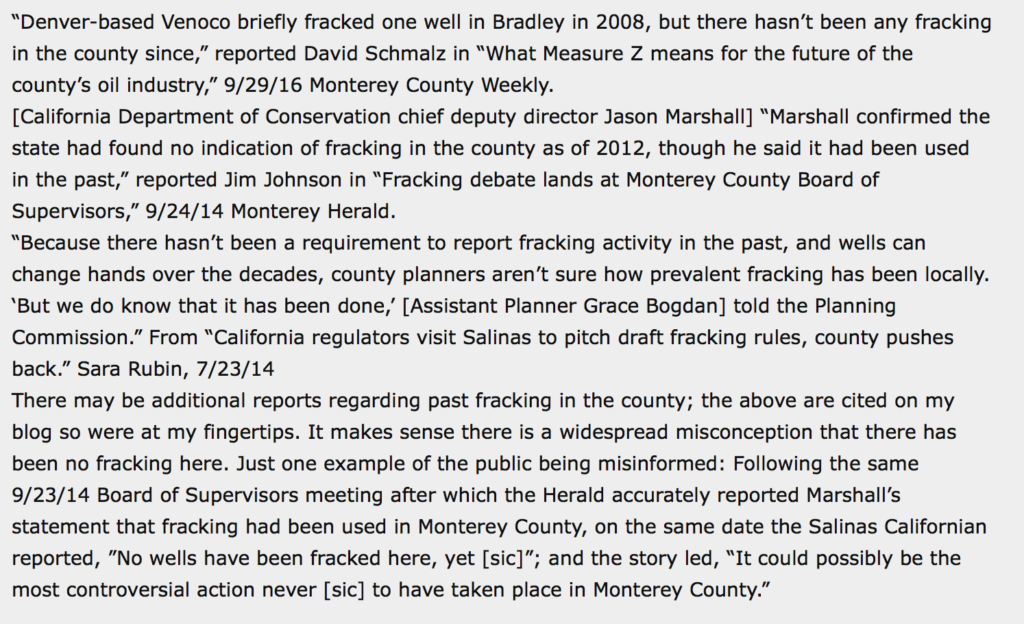 Local information resources include…
Local information resources include…
The Monterey County Weekly, locally and independently owned, and the largest circulation newspaper in the county.
Weekly staff writer David M. Schmalz reported:
-
9/26/16, “What Measure Z means for the future of the county’s oil industry.”
-
9/21/26, “Carbon footprint of San Ardo oil is greater than Alberta tar sands“
More Weekly stories, including by Sara Rubin, are included farther down this post.
- History: “ To understand Monterey County’s oil industry, start at the beginning,” by Larry Parsons (another former Monterey Herald staffer).
- “New study says state is ignoring dangerous issues in Monterey County oil production,” by Royal Calkins.
- “On the Measure Z campaign, the oil industry is outspending the enviros 24-to-1,” by Royal Calkins. (And that 24:1 ratio has since widened, as reported in Jim Johnson’s 10/31/16 story in the Monterey County Herald, “Oil money continues spouting in Measure Z contest, surpasses $5.4 million.”)
- “Sometimes us folks at the little ol’ Partisan feel like we’re shouting into a dry hole,” by Royal Calkins; and “MEASURE Z: Monterey County Oil industry exaggerates its tax burden by 80 percent,” by Calkins.
- “Oil companies aren’t paying nearly enough in Monterey County taxes,” by Royal Calkins.
- “Fracking initiative protects jobs as well as the environment,” by Ed Mitchell.
- “Did the fracking industry just dip a toe into Monterey County politics?” by Royal Calkins.
- For more from the blog of Royal Calkins, search: site:montereybaypartisan.com + fracking or just click the following link to do the same: http://www.montereybaypartisan.com/tag/fracking/
Who supports Measure Z?
Here’s just a very small sampling of individuals and organizations who say #YesOnZ. For more, go to http://www.protectmontereycounty.org/endorsements
Monterey County is renowned for its Salinas Valley, “Salad Bowl of America,” and is home to popular vineyards and ranches. What about fracking or other risky oil operations and their potential impacts on farmers, growers, and ranchers?
It’s true that along with opposers of Measure Z such as Chevron, Aera Energy (ExxonMobil and Shell owned), and other oil industry companies, there’s opposition too from organizations such as the National Association of Royalty Owners and the Monterey County Business Council. But perhaps surprising to some is that opposers include the Monterey County Farm Bureau and the Grower-Shipper Association.
That wasn’t surprising to those of us who heard Orange County native Norm Groot—now a resident of Pacific Grove and executive director of the Monterey County Farm Bureau, since October 2010—speak at the September 23, 2014 Monterey County Board of Supervisors meeting. Groot was opposed to the proposed moratorium on fracking. After that moratorium effort failed, the result was the expanded Measure Z initiative to ban fracking and further protect the county’s water. Read about that 9/23/14 meeting under “Misinformation abounds” below.
As a farmer’s daughter, the first thing that comes to mind for me about fracking isn’t property rights and oil. It’s the already critical nature of Monterey County’s water supply.
Congressman Sam Farr in 2013 put it this way: “A lot of agricultural water comes from the ground, and we need to make sure no one jeopardizes our clean agricultural water—this is much more valuable as an economic factor than oil and gas.”
[Source: “Gold Rush, Take Two.” | by Amy Coombs in the Santa Cruz Good Times, 23 January 2013]
The November 3, 2016 Wall Street Journal included a story by Amy Harder, “Can Fracking Bans Succeed in Oil and Gas Country? All Eyes Are on Monterey.” Harder quoted the executive director for energy and sustainability at UC-Davis, Amy Myers Jaffe: “If they win in Monterey, it sets a precedent. It would show there’s real political force behind this movement.”
Among things to further examine regarding what’s reported in that Wall Street Journal story:
- Harder quoted Chevron engineer Dallas Tubbs: “We’ve been operating in this field for 70 years,” Tubbs said. “We monitor the groundwater monthly. The groundwater is as clean today as it was 70 years ago.” But the Environmental Action Center’s study released 10/25/16 disagrees: “California’s Out of Control Underground Injection Well Program: Case Studies in Monterey and Fresno.”
- Harder quotes Steve McIntyre, “who owns [Harder later corrected the WSJ story to “manages”] roughly 12,000 vineyard acres in the county,” and opposes Measure Z. Contrast that with grape-grower Paula Getzelman.
Paula Getzelman of Tre Gatti Vineyards in the South Monterey County community of Lockwood strongly supports Measure Z.
Steve Craig and Charles Rowley of Sapaque Valley Ranch, Jamie Collins of Serendipity Farms, and other growers, farmers, and ranchers are among the diverse body of supporters of Measure Z. Refer to the endorsements section at ProtectMontereyCounty.org.
When I was born, my parents farmed.
I come from generations of farmers.
 Above: the late Eugenia Lynch, my mother
Above: the late Eugenia Lynch, my mother
Below: From all that I know of these two farmers—my father, the late Ray Lynch, and our friend the late Emil Kiliman—they’d surely give a thumbs-down on fracking.
As reported 9/7/15 by in the Los Angeles Times (see “Salinas Valley’s thriving crops mask fears over the area’s lone water source“)
Misinformation abounds
The 9/23/14 Monterey County Board of Supervisors meeting included the topic of a proposed two-year fracking moratorium and a presentation by the chief deputy director of the California State Department of Conservation, Jason Marshall. It was often difficult to hear Mr. Marshall. (I found that the case, even though I was sitting in the front row, nearest him.) Also, there was much misinformation shared during public comments. Many people also left before Marshall’s Q&A session and thus missed important information.
Check out these examples from the 9/23/14 meeting:
- The Gannett owned Salinas Californian reported, in a story posted 9/23/14 at 6:10 p.m.,”No wells have been fracked here, yet [sic]”; and the story led, “It could possibly be the most controversial action never [sic] to have taken place in Monterey County.”
- Au contraire, as accurately reported in a Monterey County Herald story updated 9/24/14 at 9:30 a.m.: “Marshall confirmed the state had found no indication of fracking in the county as of 2012, though he said it had been used in the past.”
- What about the Monterey County Weekly? Back on 7/23/14, Sara Rubin addressed the topic of whether fracking had been done in the county. In “California regulators visit Salinas to pitch draft fracking rules, county pushes back,” Rubin reported: “Because there hasn’t been a requirement to report fracking activity in the past, and wells can change hands over the decades, county planners aren’t sure how prevalent fracking has been locally. ‘But we do know that it has been done,’ [Assistant Planner Grace Bogdan] told the Planning Commission.”
The majority of the 9/23/14 attendees, many who had traveled 65+ miles from San Ardo, didn’t stay through the Q&A session that followed the presentation and public comments. That means they missed remarks from Chief Deputy Director Marshall of the Department of Conservation, such as the following:
- There are seven hundred (700) chemicals used in fracking, and while some of these “are under your kitchen sink,” others are known carcinogens.
- Regarding how close to schools fracking can be done, California’s SB4 leaves the matter to local jurisdiction. (For many of us, that fact is added evidence that it makes sense for Monterey County to act locally and ban fracking.) Scroll down this post to read about the Supervisors’ 3/17/15 “nay” decision on the proposed moratorium. Their decision resulted in the grassroots citizens’ initiative, Measure Z , before Monterey County voters on the 11/8/16 ballot.
“But doesn’t the oil industry benefit Monterey County?”
Sure, and Measure Z isn’t intended to shut them down. All of us use oil products, even those rare people who are car-free. Oil is in plastic and so much more!
As Senator Bill Monning said in his 30-second video above, endorsing Measure Z: “Oil wells will continue to produce. Fire and police services will not be impacted” by Measure Z.
It’s interesting to note what the Monterey Bay Aquarium’s communications director, Ken Peterson, said in providing local history that predates the Monterey Bay National Marine Sanctuary, the Monterey Bay Aquarium, and more. Read “The battle that shaped Monterey County’s future” in the Monterey Herald, 8/24/15. Note well Peterson’s statement “The refinery, now owned by Valero, has been fined repeatedly for violating state and federal air quality laws. It’s also considered a good community citizen, and an anchor of the city’s economic revival.”
That may remind you of public comments from many citizens of San Ardo who spoke against a moratorium on fracking at Monterey County Board of Supervisors meetings, including 9/23/14. These citizens understandably appreciate that oil company money has boosted local schools and more.
Hear what a South County teacher had to say
about why she supports Measure Z.
Many people are unaware of the impact of the oil industry on water. Not unaware is American Indian Movement (AIM) co-founder Dennis Banks, who came from the Dakota Access Pipeline to Monterey County on October 3, 2016. Banks spoke his endorsement of Measure Z, then held a Native American ceremony where the Salinas River meets the Monterey Bay.
As reported by David Schmalz in the Monterey County Weekly, June 1, 2016, U.S. Senator Bernie Sanders delivered a passionate anti-fracking speech in Spreckels” (see video below of that 10 a.m. press conference).
Schmalz’s story includes a report on that afternoon’s action by Monterey County Board of Supervisors. For background, see Schmalz’s May 4, 2016, “Activists submit over 16,000 signatures to ban local fracking.” James Herrera reported in the Monterey County Herald, May 4, 2016, “Petition to put anti-fracking measure on ballot delivered to Elections Department.”
A sampling of related information
- Guest commentary in the Monterey Herald, 8/1/15: Paula Getzelman and Tia Lebherz: Research suggests we should halt fracking
- “We are facing the possibility of a drastic reshaping of our pastoral/agricultural county into an industrial one.” [Source: “Monterey County is at an oil crossroads, and one way leads straight to industrialization.” | by Big Sur resident and architect Christopher Williams, 3/6/14 Monterey County Weekly.]
- “Neighboring Santa Cruz and San Benito counties have already outlawed fracking, but Monterey County, with a robust history of oil development, has been slower to regulate the activity,” Jason Hoppin reported in “Monterey County supes to weigh fracking moratorium,” 3/13/15 Monterey County Herald.
- 3/10/15 Los Angeles Times, “Agencies admit failing to protect water sources from fuel pollution.”
- 10/3/14 “Monterey County mulls fracking moratorium, Kern County farmer sues oil companies.”
- 2/27/14 California Farmers Band Together to Fight Fracking, on the Food and Water Watch website.
- From a Faces of Fracking profile: “From a military and engineering career to fighting fracking — meet one of the most interesting candidates on the ballot in November.”
- Most public libraries have DVDs and other resources about fracking. Ask at the reference desk.
- Perhaps you’ve heard about the films “Gasland” and “Gasland II,” which some people find of interest; visit the Gasland website to learn filmmaker Josh Fox’s perspectives. A related resource is Dangers of Fracking.
Are you registered to vote?
Click here for more information.
Remember that biking is one way to reduce your oil dependency.
For related information on the Bicycling Monterey website, start with “Climate Change – Bicycling is part of the mix in climate hope.”
* * *
Make a contribution to
support the Bicycling Monterey
website and projects:
click here for options and FAQs.
* * *
Soon after moving to my present address in rural Monterey County in 1981, I visited with Ansel Adams—referred to in Ken Peterson’s 8/24/15 piece in the Monterey Herald. We shared an appreciation for nature, and a sense of responsibility for protecting it. Adams died in 1984. The work that he and others did to preserve clean water, nature’s beauty, and more in Monterey County and beyond requires ongoing efforts by people today.
Although fracking has happened in Monterey County as recently as 2008, no fracking is happening here in 2016. Help keep it that way.
Protect Monterey County
On March 17, 2015 the Monterey County Board of Supervisors considered a moratorium on fracking. Supervisor Jane Parker made a motion to allow county staff to return to the Board of Supervisors with a rationale for a fracking moratorium (which would begin with a 45-day moratorium, and could be extended up to two years). Supervisor Dave Potter seconded. The vote? The motion failed, 3-2, with Supervisors Simon Salinas, Fernando Armenta, and John Phillips voting against. Details at “Temporary fracking ban rejected by Monterey County Supervisors,” Jim Johnson, Monterey County Herald, 3/17/15. As the Monterey County Weekly’s Sara Rubin reported 8/16/15, “New group [Protect Monterey County] launches its effort to ban fracking in Monterey County.”
Visit ProtectMontereyCounty.org to learn more.
Website: http://www.protectmontereycounty.org/
Facebook: http://www.facebook.com/ProtectMontereyCounty
This post was first published April 5, 2014, with numerous subsequent updates over the following decade!
This post was published on 3 November 2016. One or more changes last made to this post on 25 September 2024.

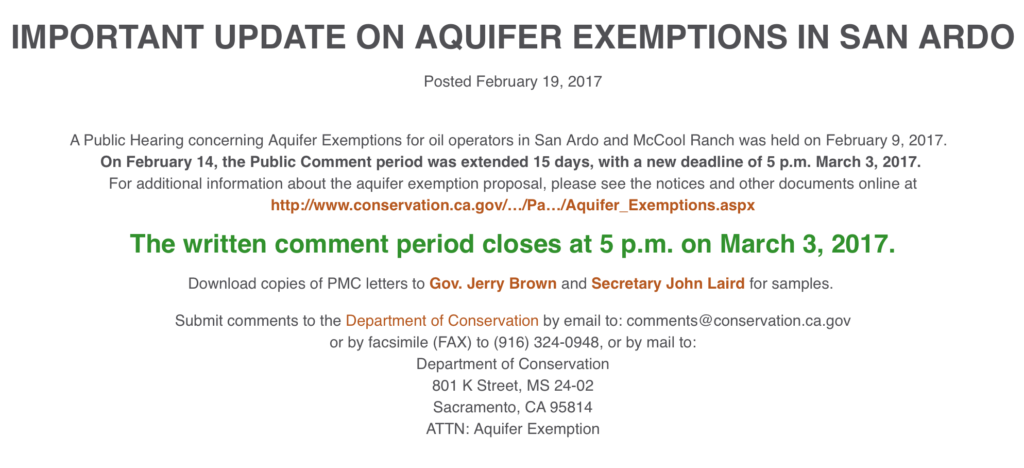
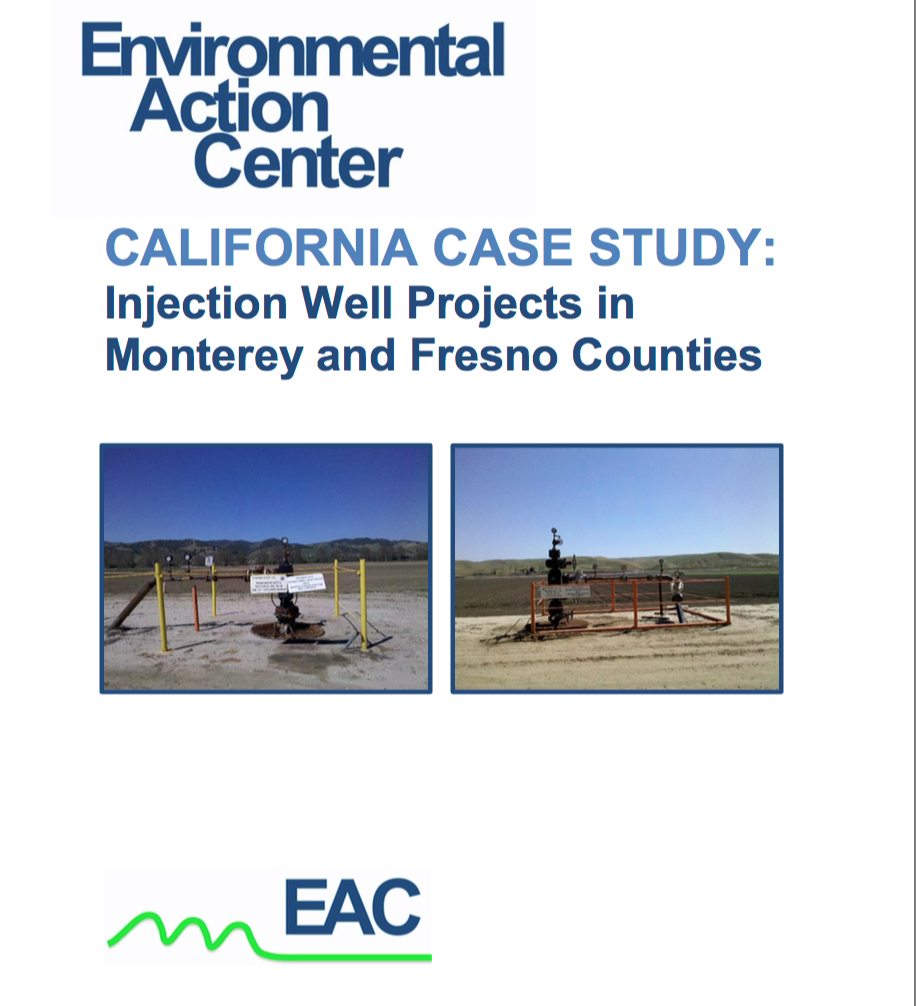
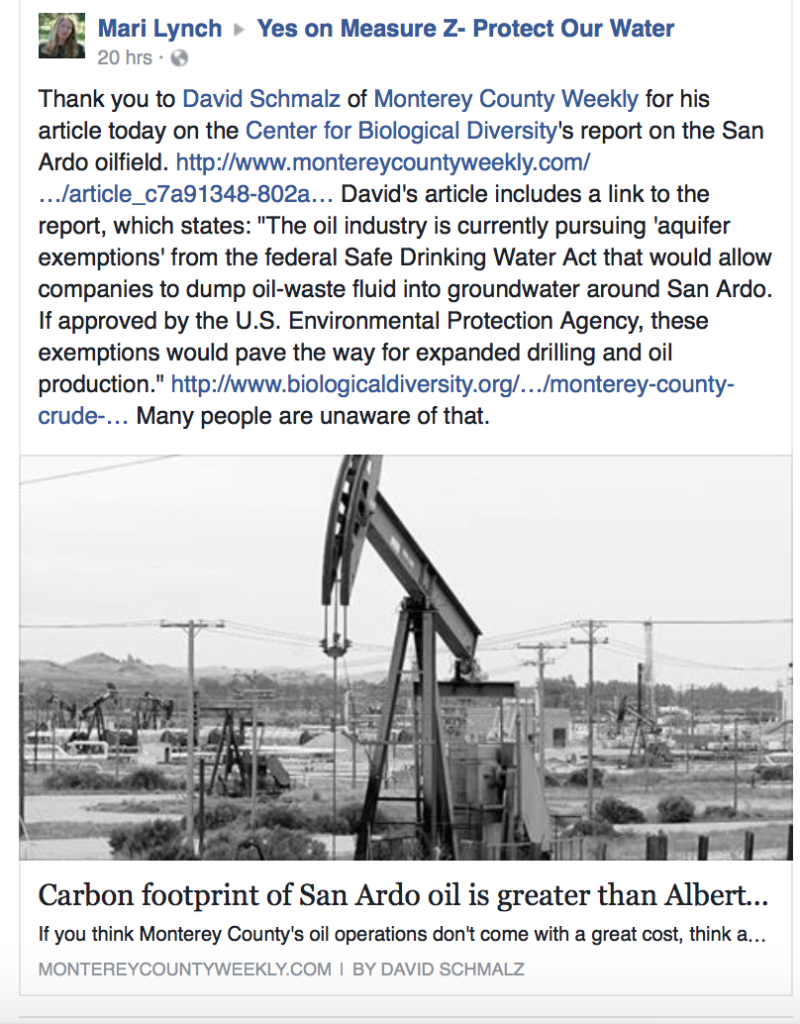
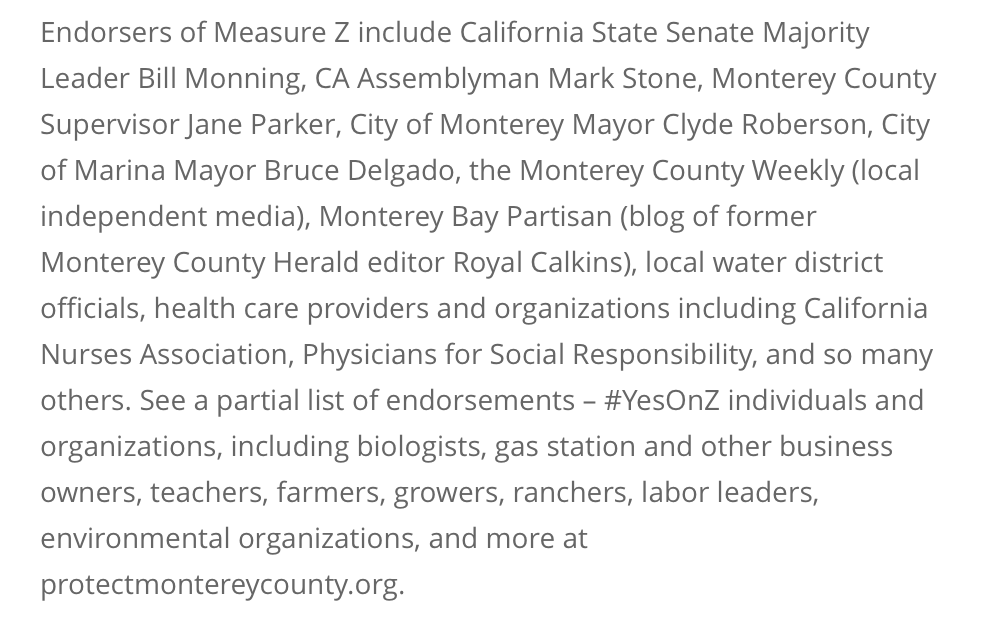

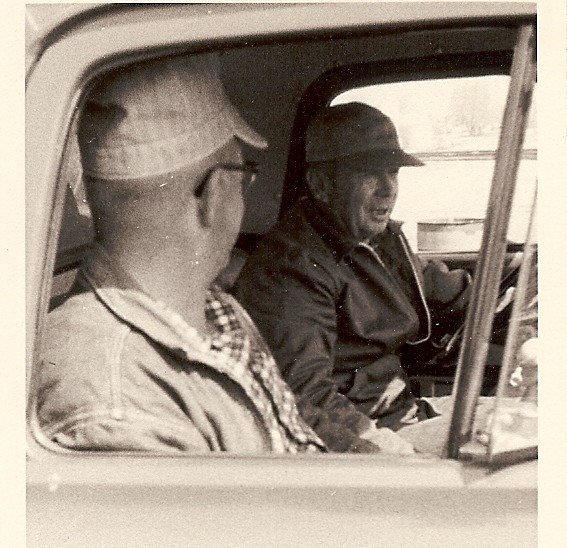




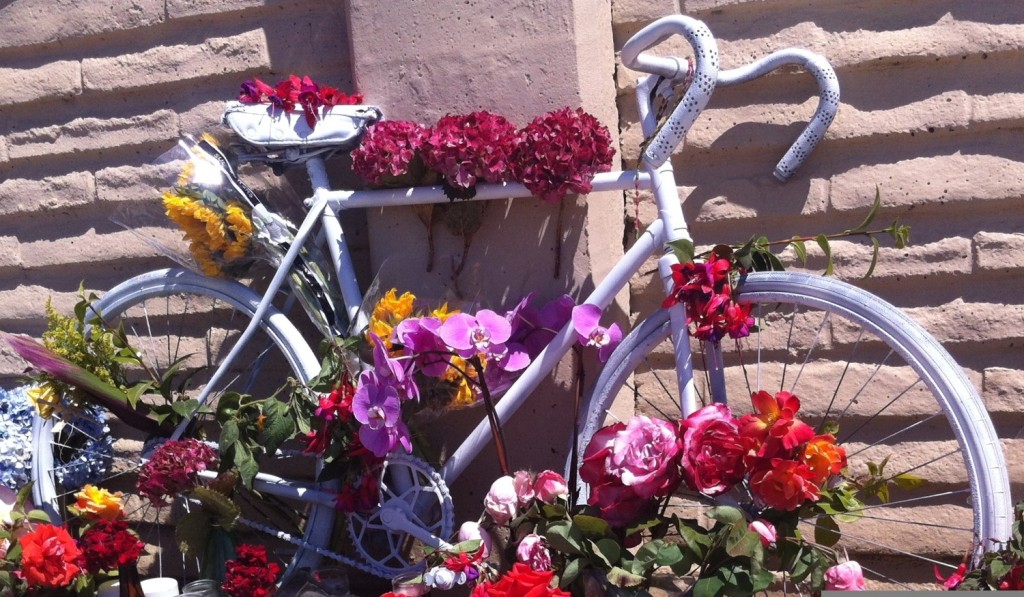
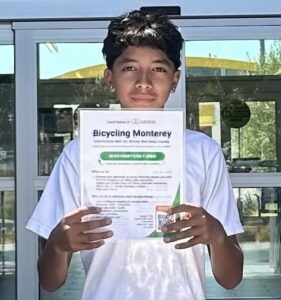


Excellent post, Mari. Thanks for doing your part.